Solutions to Mathematical Problems
VerifiedAdded on 2023/04/24
|6
|1111
|221
AI Summary
The text provides solutions to several mathematical problems. The first problem involves calculating the mean, median, mode, and standard deviation of a set of data using Excel. The second problem involves calculating the probability of a competitor being correct, given a null hypothesis and sample data. The third problem involves calculating the correlation coefficient between two variables, given their covariance and standard deviations. The fourth problem involves calculating the probability of a package being delivered on time, given the probabilities of it being delivered by three different carriers and the probabilities of each carrier delivering on time. The text also provides calculations for the probabilities of a package being delivered by each carrier, given that it was delivered on time or late.
Contribute Materials
Your contribution can guide someone’s learning journey. Share your
documents today.
1 out of 6
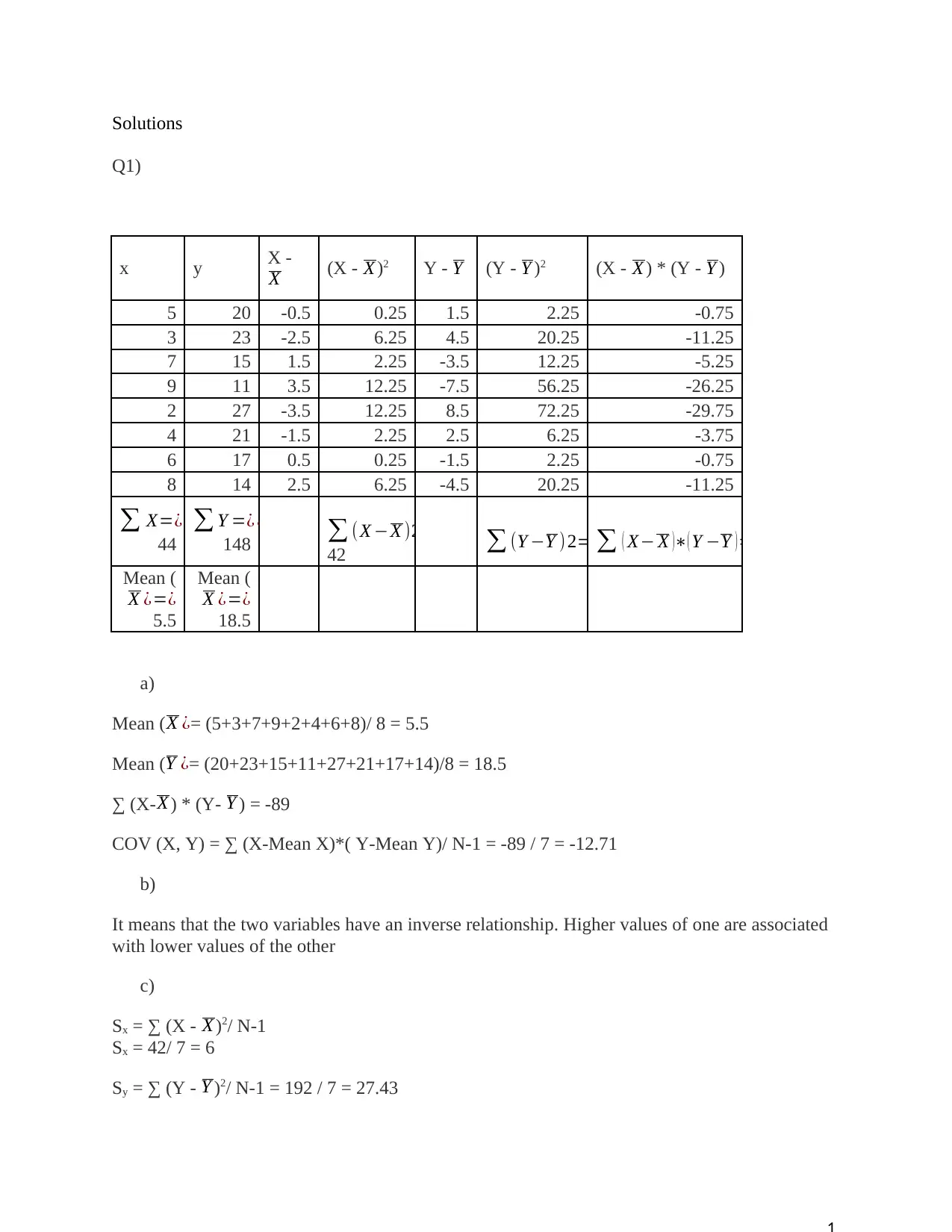
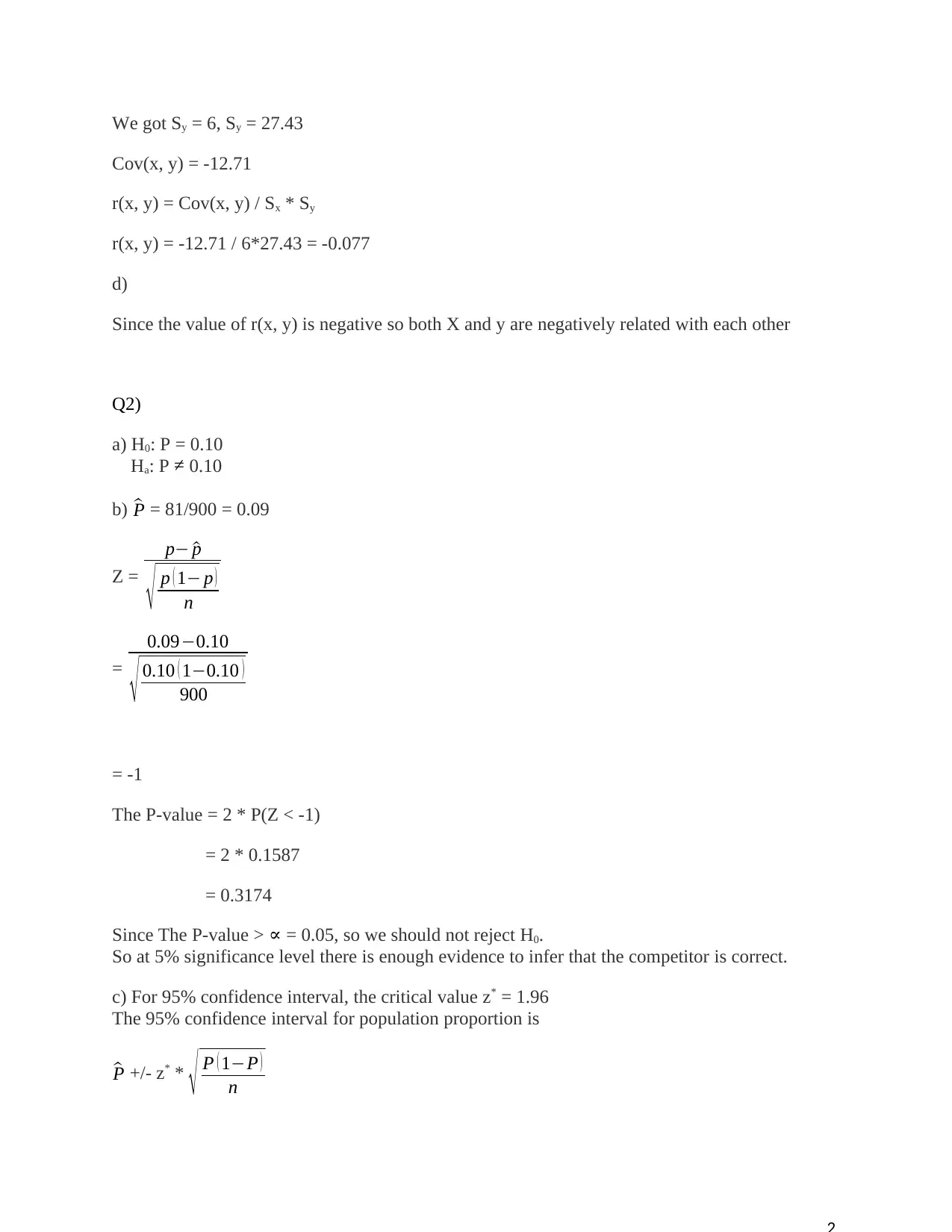
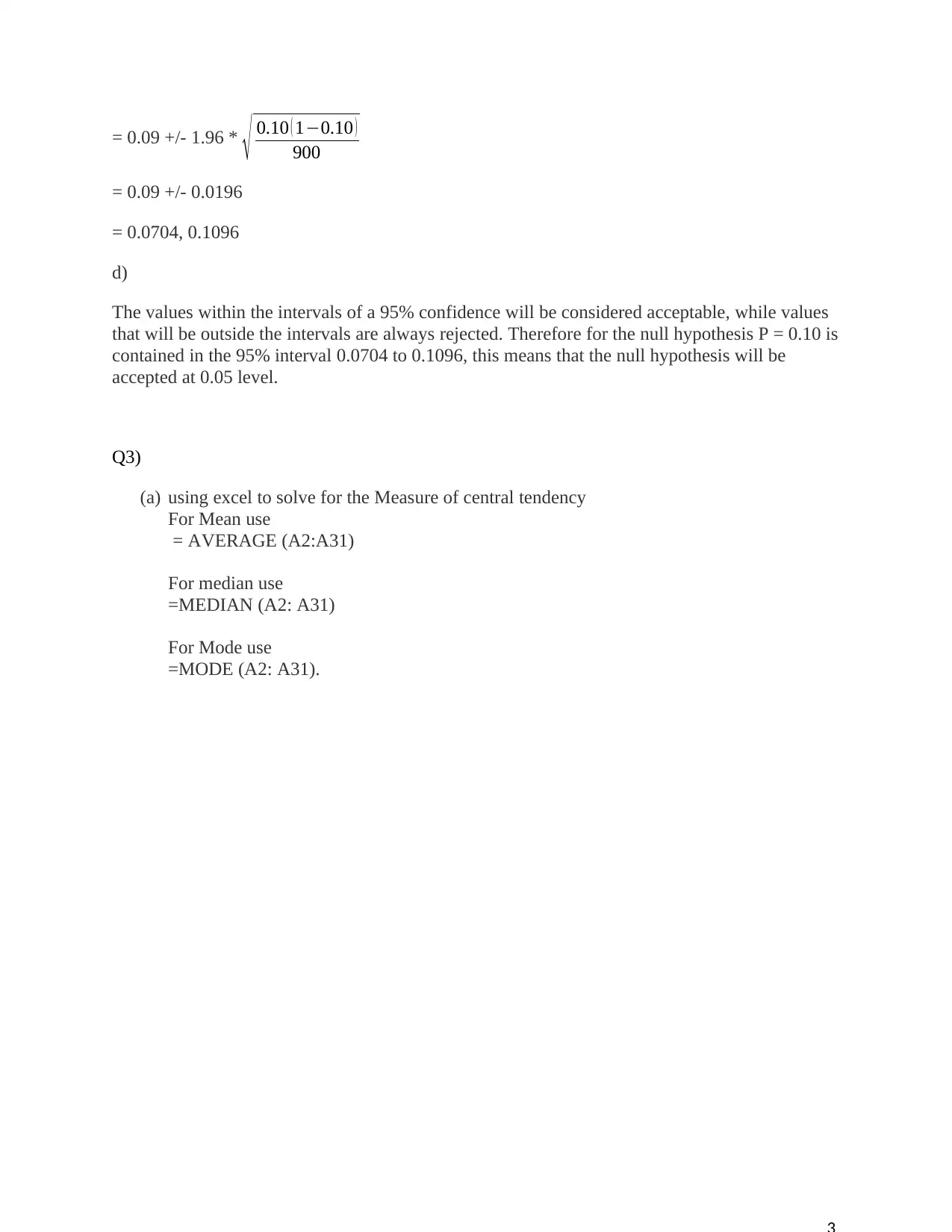
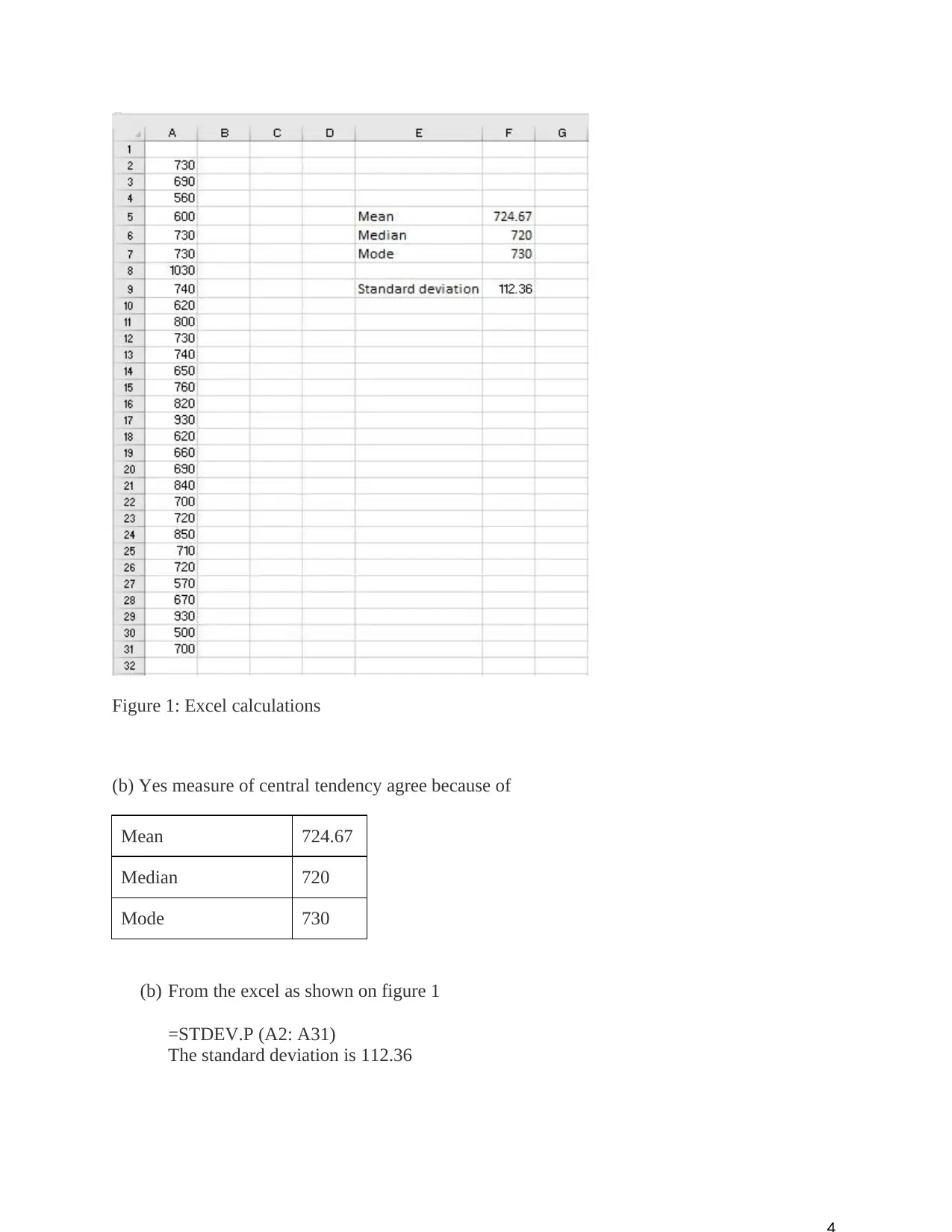
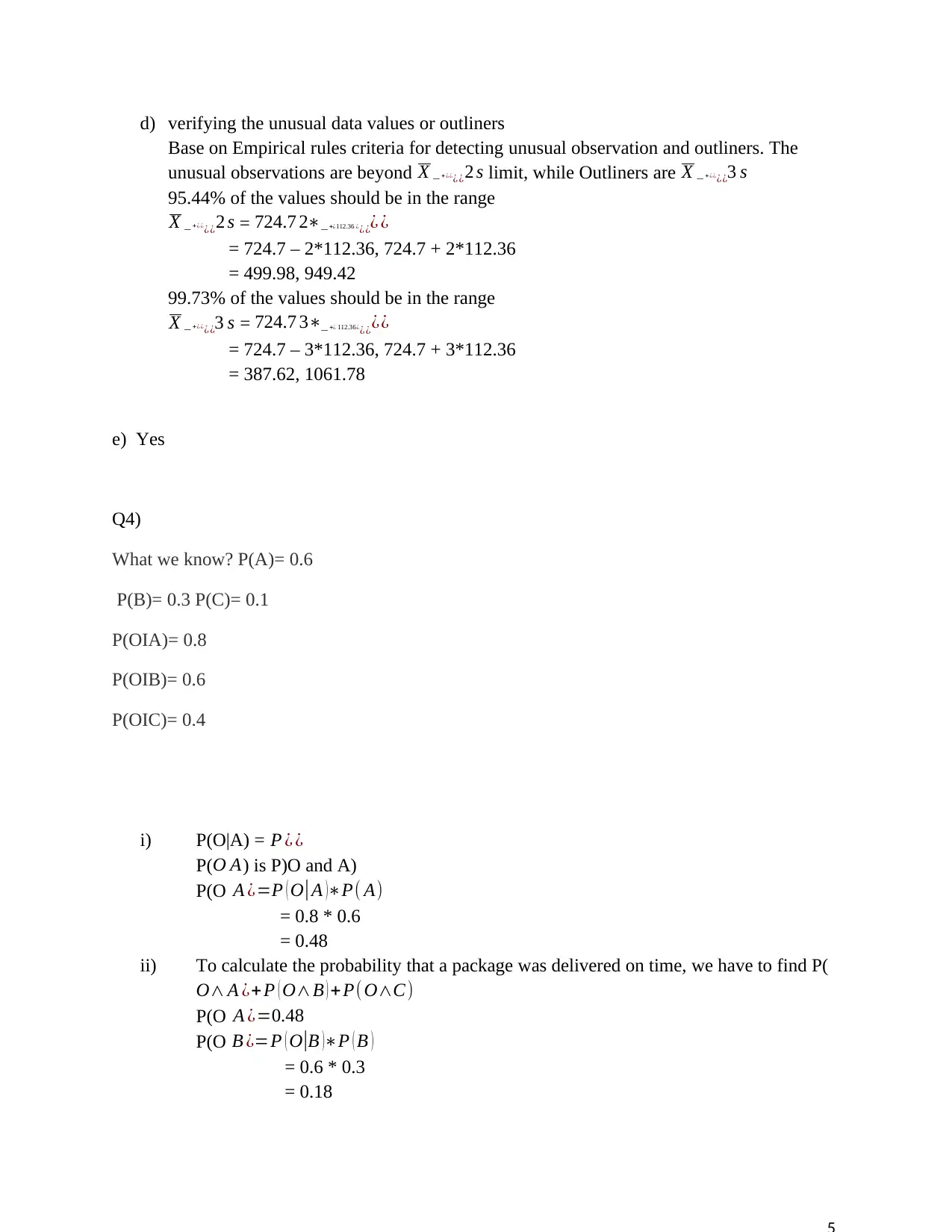
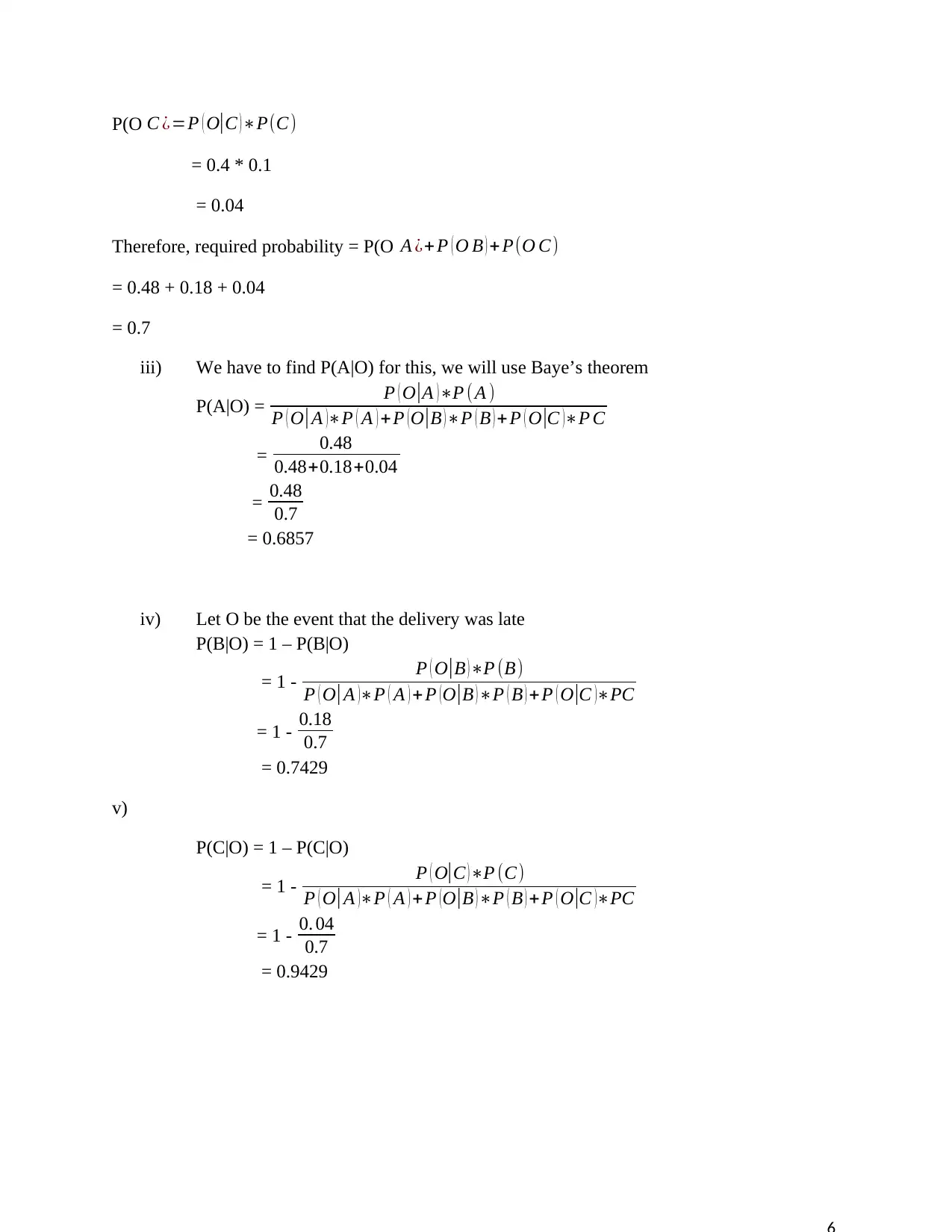




![[object Object]](/_next/static/media/star-bottom.7253800d.svg)